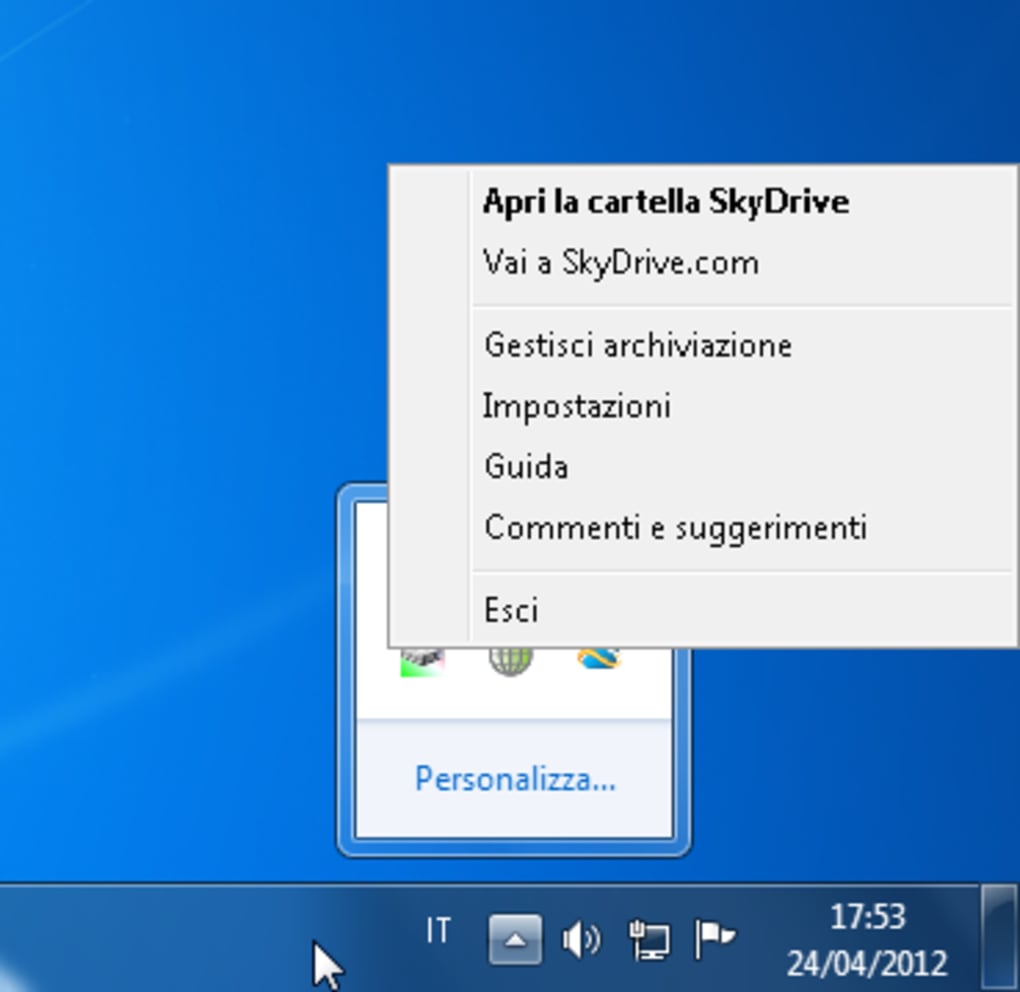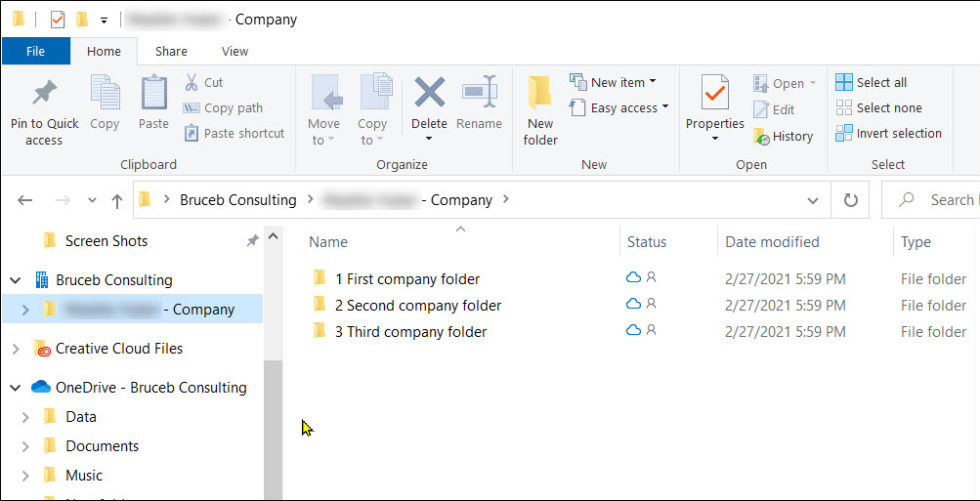

- EAGLEFILER ONEDRIVE INSTALL
- EAGLEFILER ONEDRIVE UPDATE
- EAGLEFILER ONEDRIVE UPGRADE
- EAGLEFILER ONEDRIVE PRO
- EAGLEFILER ONEDRIVE DOWNLOAD
The filename counter is now preserved when rebuilding a library. that the title should stay at the current value even if the filename changes. This allows EagleFiler to better preserve your intent, i.e. A record's title and its filename are no longer automatically linked when you set them to the same value, only when you set the title to be blank. EagleFiler will still read backups in the old format when importing or rebuilding, and there is an esoteric preference if you want it to still write the old format for interoperability with previous versions of EagleFiler. The new format also works around a macOS limitation where very large notes could not be backed up. The XML files are no longer updated with spurious changes, which is more friendly for libraries that are backed up, synced, or under version control. The format for metadata backups has been revised so that it is faster and more efficient in memory and on disk, particularly when there are many records in the same folder or there are notes with large attached files. If a note is missing, when EagleFiler reports this in the Errors window, you can now use the Trash or "Update Checksum" button to suppress further error reports if you can't or don't want to restore the note file from backup. Improved EagleFiler's search indexing, so that you can now find links in Web archives, find e-mail messages by Message-ID or Reply-To, and find records by their EagleFiler GUID. When you import messages exported from Gmail via Google Takeout, the labels are now searchable in EagleFiler. included in its note), you can now hover the cursor over the attachment's icon to see a tooltip showing its filename. When a file is attached to a record (i.e. to Finder to extract them or to Mail to attach them to a new e-mail message. You can now drag and drop attached files from a record's note or from an RTFD record to other apps, e.g. I am unsure of how IR will work in an overwrite mode versus clean install.- Improved the display of files from the Bike outliner.
EAGLEFILER ONEDRIVE INSTALL
EAGLEFILER ONEDRIVE DOWNLOAD
Internet Recovery should download 10.9.5*, giving you version parity with your updated system. NOTE: Do not erase the Recovery Partition otherwise you'll be unable to do an Internet Recovery.
EAGLEFILER ONEDRIVE UPGRADE
If you don't erase the volume first, the installer will merely upgrade the volume, not replace it.

Note that either of the installation processes will require you to go into Disk Utility and erase the volume to which you wish to install the pristine OS. The version of Mavericks from the App Store is 10.9.5 currently.Īlternative method 2: Do an Internet Recovery with the MBP: Then do a fresh installation of Mavericks from that. Then use DiskMaker X to create a bootable USB (use an 8GB stick). After that's done, make sure the new account has administrator rights and then you can log out of the throwaway account and delete it.Īlternative method: If you have access to another Mavericks-compatible Mac, you can login to the App Store on your Apple ID and download Mavericks.
EAGLEFILER ONEDRIVE UPDATE
In this case, you'll want to create a throwaway account on the system to set it up and use Software Update to bring the system up to the same patch level as the old one from which you're migrating.Īfter you've updated the system, you can run the migration wizard and import your profile and apps. It's quite likely the new MacBook is running OS X 10.9.4 or older, depending on how long it was built prior to shipping and purchase.
EAGLEFILER ONEDRIVE PRO
If it could, another option would be to clone the older MacBook Pro to the newer one and then slowly update through all version of macOS, all the way to Catalina. I don’t actually know if the newer 2015 MacBook Pro could run El Capitan. Mail, preferences for all working apps, etc.). I assume that 32-bit app will be quarantined, but everything else would work (i.e. Using the Migration Assistant (working with OS X Snow Leopard v10.6.8 or later): make a TimeMachine backup of the mid-2009 MacBook Pro, connect the TM backup to the newer 2015 MacBook Pro, launch Migration Assistant (within the utilities folder) and select the Time Machine backup.

My best option seems to be the following: Not knowing if the newer 2015 MacBook Pro could run El Capitan.Taking into account the old mid-2009 cannot be updated beyond 10.11.Of course, making sure the new MacBook Pro has an equal or larger hard drive.I would like to move it to a newer 2015 13" MacBook Pro currently running Catalina 10.15. I have a mid-2009 13" MacBook Pro still working, running 10.11 El Capitan.


 0 kommentar(er)
0 kommentar(er)
